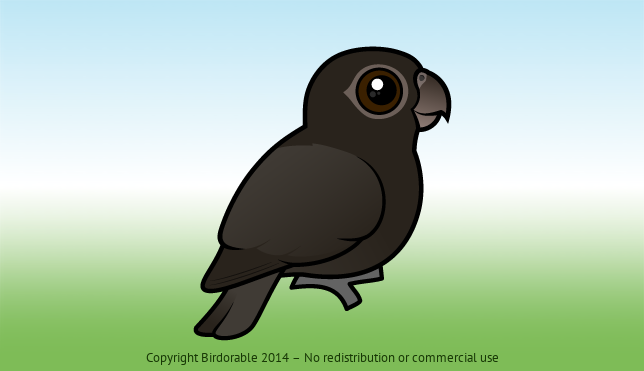Greater Vasa-Parrot
About the Greater Vasa-Parrot


The Greater Vasa-Parrot has a predominantly black or dark gray plumage, with a slight gloss that gives them a striking look. They have a long neck, a relatively slender build, and a short, rounded tail. Their beaks are large and pale, contrasting sharply with their dark feathers.
One of the most remarkable aspects of the Greater Vasa-Parrot is its breeding behavior. During the breeding season, females undergo a significant physical transformation, losing feathers around their heads and developing a yellowish skin color.
Greater Vasa-Parrots are native to Madagascar and the nearby islands. They inhabit a variety of forested environments, including dry deciduous forests, moist forests, and mangroves. They are highly adaptable and can thrive in both primary and secondary forests.
Their diet is diverse, consisting mainly of seeds, fruits, and nuts. They are known for their strong, dexterous beaks, which they use to crack open hard seeds and nuts. Although not currently endangered, Greater Vasa-Parrots face threats from habitat loss and hunting. Conservation efforts are crucial to protect their habitats and ensure their populations remain stable.
Details & Statistics
International Names





















